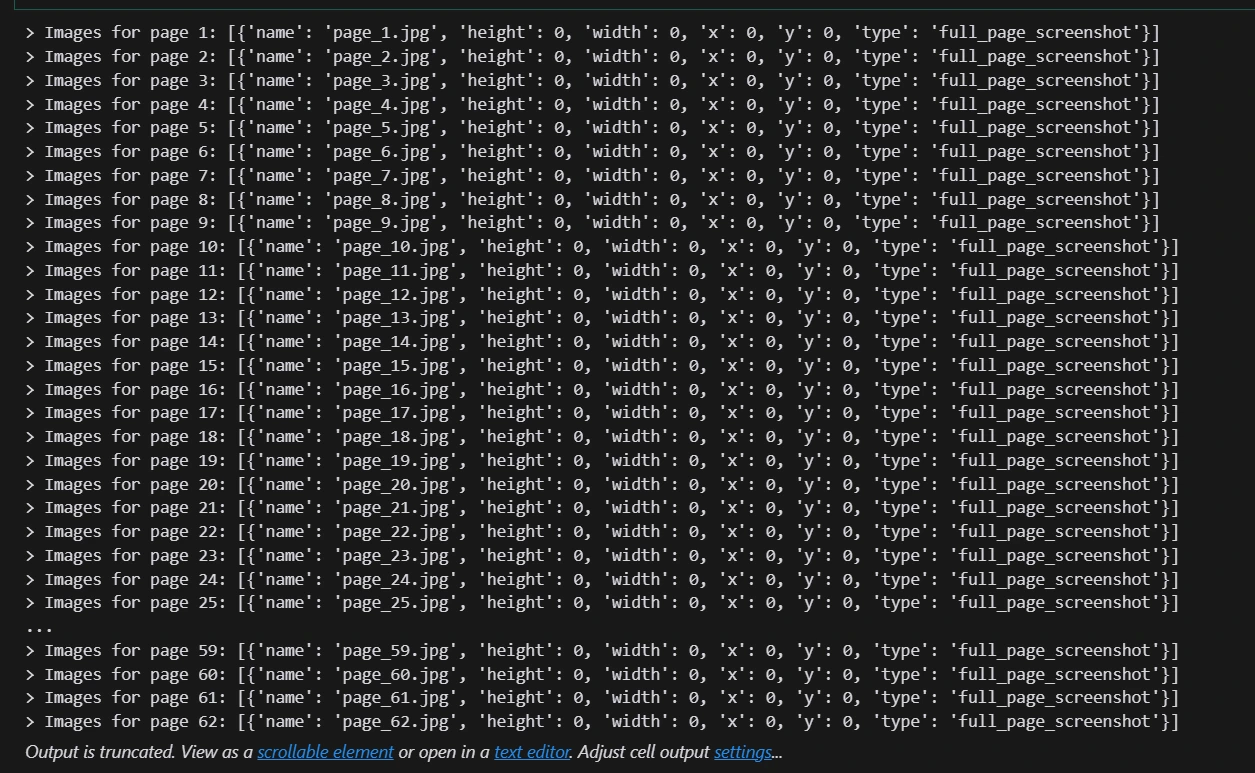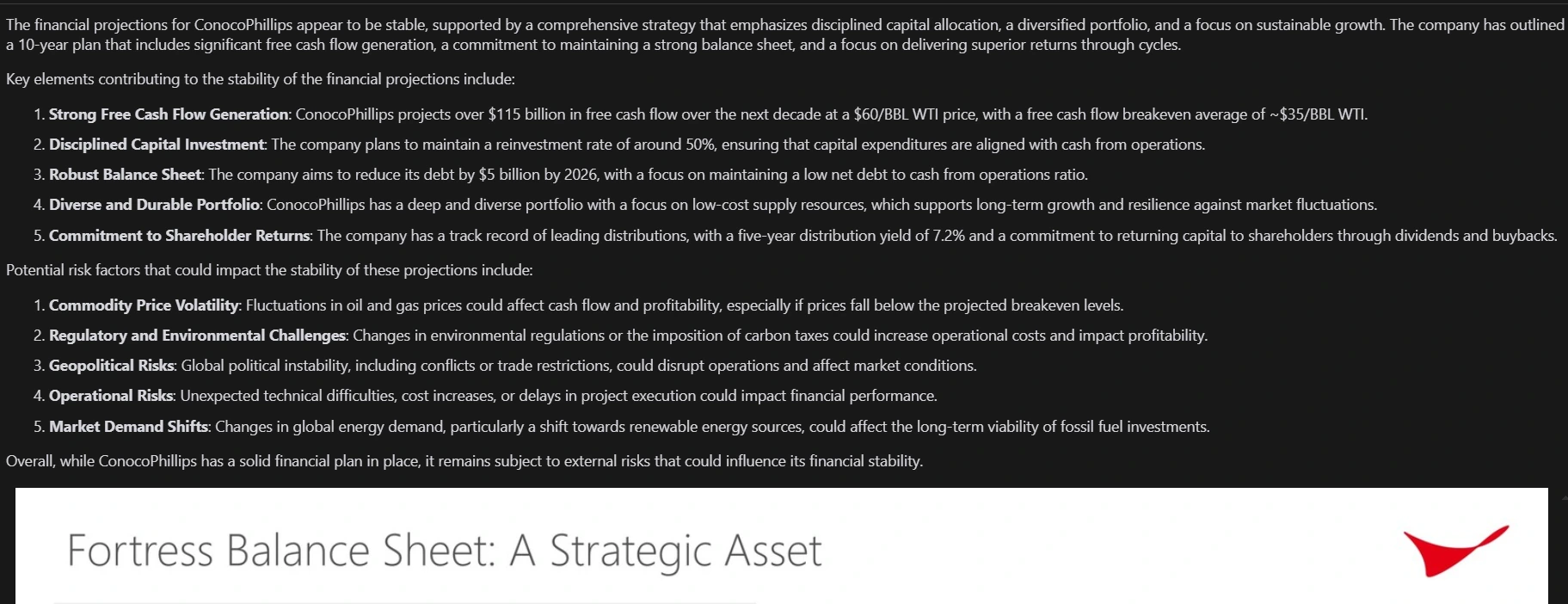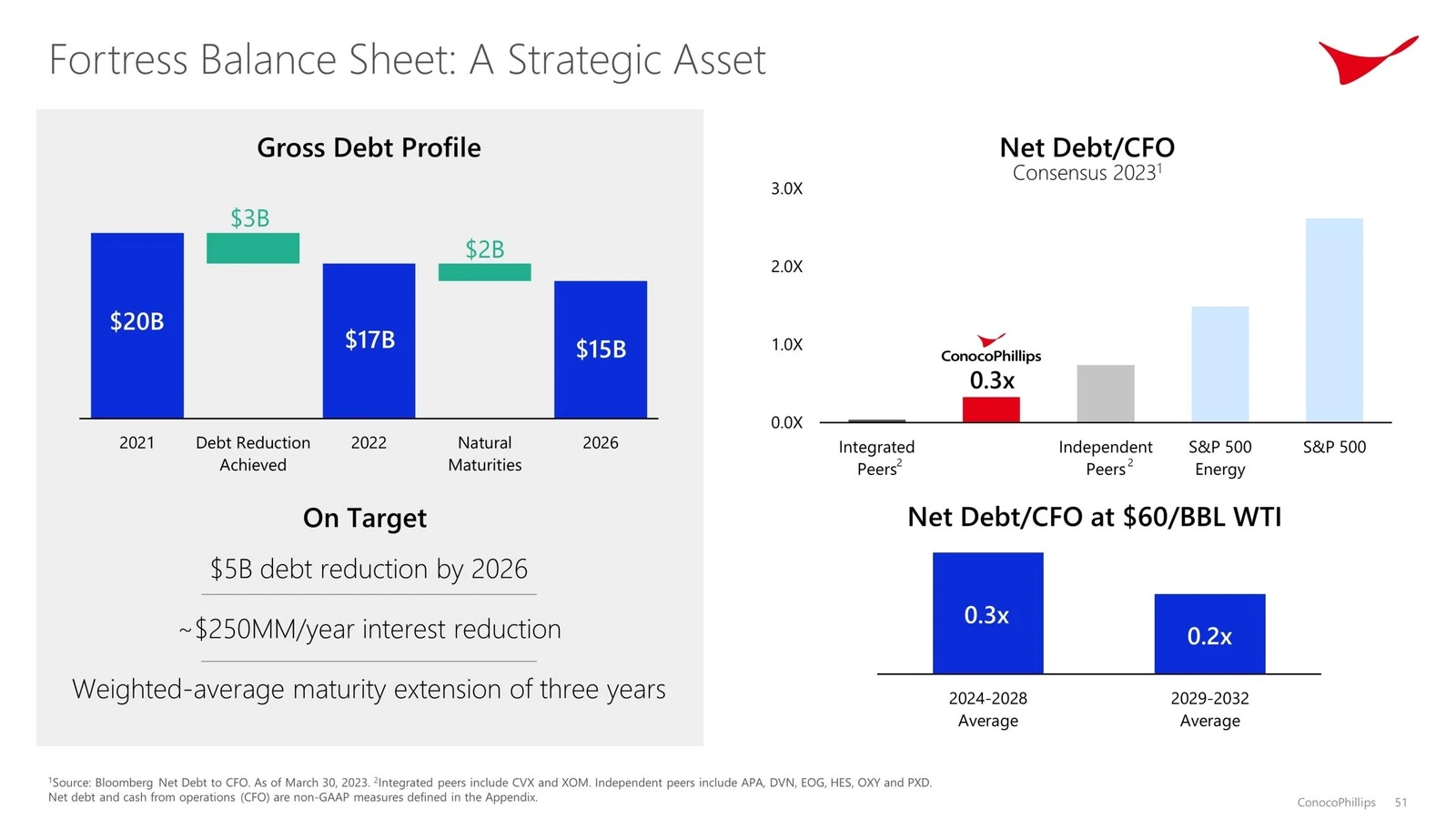Multimodal Financial Report Generation using Llamaindex
In many real-world applications, data is not purely textual—it may include images, tables, and charts that help reinforce the narrative. A multimodal report generator allows you to incorporate both text and images into a final output, making your reports more dynamic and visually rich.
This article outlines how to build such a pipeline using:
- LlamaIndex for orchestrating document parsing and query engines,
- OpenAI language models for textual analysis,
- LlamaParse to extract both text and images from PDF documents,
- An observability setup using Arize Phoenix (via LlamaTrace) for logging and debugging.
The end result is a pipeline that can process an entire PDF slide deck—both text and visuals—and generate a structured report containing both text and images.
Learning Objectives
- Understand how to integrate text and visuals for effective financial report generation using multimodal pipelines.
- Learn to utilize LlamaIndex and LlamaParse for enhanced financial report generation with structured outputs.
- Explore LlamaParse for extracting both text and images from PDF documents effectively.
- Set up observability using Arize Phoenix (via LlamaTrace) for logging and debugging complex pipelines.
- Create a structured query engine to generate reports that interleave text summaries with visual elements.
This article was published as a part of theData Science Blogathon.
Table of contents
- Overview of the Process
- Step-by-Step Implementation
- Step 1: Install and Import Dependencies
- Step 2: Set Up Observability
- Step 3: Load the data – Obtain Your Slide Deck
- Step 4: Set Up Models
- Step 5: Parse the Document with LlamaParse
- Step 6: Associate Text and Images
- Step 7: Build a Summary Index
- Step 8: Define a Structured Output Schema
- Step 9: Create a Structured Query Engine
- Conclusion
- Frequently Asked Questions
Overview of the Process
Building a multimodal report generator involves creating a pipeline that seamlessly integrates textual and visual elements from complex documents like PDFs. The process starts with installing the necessary libraries, such as LlamaIndex for document parsing and query orchestration, and LlamaParse for extracting both text and images. Observability is established using Arize Phoenix (via LlamaTrace) to monitor and debug the pipeline.
Once the setup is complete, the pipeline processes a PDF document, parsing its content into structured text and rendering visual elements like tables and charts. These parsed elements are then associated, creating a unified dataset. A SummaryIndex is built to enable high-level insights, and a structured query engine is developed to generate reports that blend textual analysis with relevant visuals. The result is a dynamic and interactive report generator that transforms static documents into rich, multimodal outputs tailored for user queries.
Step-by-Step Implementation
Follow this detailed guide to build a multimodal report generator, from setting up dependencies to generating structured outputs with integrated text and images. Each step ensures a seamless integration of LlamaIndex, LlamaParse, and Arize Phoenix for an efficient and dynamic pipeline.
Step 1: Install and Import Dependencies
You’ll need the following libraries running on Python 3.9.9 :
- llama-index
- llama-parse (for text image parsing)
- llama-index-callbacks-arize-phoenix (for observability/logging)
- nest_asyncio (to handle async event loops in notebooks)
!pip install -U llama-index-callbacks-arize-phoenix import nest_asyncio nest_asyncio.apply()
Step 2: Set Up Observability
We integrate with LlamaTrace – LlamaCloud API (Arize Phoenix). First, obtain an API key from llamatrace.com, then set up environment variables to send traces to Phoenix.
Phoenix API key can be obtained by signing up for LlamaTrace here , then navigate to the bottom left panel and click on ‘Keys’ where you should find your API key.
For example:
PHOENIX_API_KEY = "<PHOENIX_API_KEY>"
os.environ["OTEL_EXPORTER_OTLP_HEADERS"] = f"api_key={PHOENIX_API_KEY}"
llama_index.core.set_global_handler(
"arize_phoenix", endpoint="https://llamatrace.com/v1/traces"
)Step 3: Load the data – Obtain Your Slide Deck
For demonstration, we use ConocoPhillips’ 2023 investor meeting slide deck. We download the PDF:
import os
import requests
# Create the directories (ignore errors if they already exist)
os.makedirs("data", exist_ok=True)
os.makedirs("data_images", exist_ok=True)
# URL of the PDF
url = "https://static.conocophillips.com/files/2023-conocophillips-aim-presentation.pdf"
# Download and save to data/conocophillips.pdf
response = requests.get(url)
with open("data/conocophillips.pdf", "wb") as f:
f.write(response.content)
print("PDF downloaded to data/conocophillips.pdf")Check if the pdf slide deck is in the data folder, if not place it in the data folder and name it as you want.
Step 4: Set Up Models
You need an embedding model and an LLM. In this example:
from llama_index.llms.openai import OpenAI from llama_index.embeddings.openai import OpenAIEmbedding embed_model = OpenAIEmbedding(model="text-embedding-3-large") llm = OpenAI(model="gpt-4o")
Next, you register these as the default for LlamaIndex:
from llama_index.core import Settings Settings.embed_model = embed_model Settings.llm = llm
Step 5: Parse the Document with LlamaParse
LlamaParse can extract text and images (via a multimodal large model). For each PDF page, it returns:
- Markdown text (with tables, headings, bullet points, etc.)
- A rendered image (saved locally)
print(f"Parsing slide deck...")
md_json_objs = parser.get_json_result("data/conocophillips.pdf")
md_json_list = md_json_objs[0]["pages"]
print(md_json_list[10]["md"])

print(md_json_list[1].keys())

!pip install -U llama-index-callbacks-arize-phoenix import nest_asyncio nest_asyncio.apply()

Step 6: Associate Text and Images
We create a list of TextNode objects (LlamaIndex’s data structure) for each page. Each node has metadata about the page number and the corresponding image file path:
PHOENIX_API_KEY = "<PHOENIX_API_KEY>"
os.environ["OTEL_EXPORTER_OTLP_HEADERS"] = f"api_key={PHOENIX_API_KEY}"
llama_index.core.set_global_handler(
"arize_phoenix", endpoint="https://llamatrace.com/v1/traces"
)
Step 7: Build a Summary Index
With these text nodes in hand, you can create a SummaryIndex:
import os
import requests
# Create the directories (ignore errors if they already exist)
os.makedirs("data", exist_ok=True)
os.makedirs("data_images", exist_ok=True)
# URL of the PDF
url = "https://static.conocophillips.com/files/2023-conocophillips-aim-presentation.pdf"
# Download and save to data/conocophillips.pdf
response = requests.get(url)
with open("data/conocophillips.pdf", "wb") as f:
f.write(response.content)
print("PDF downloaded to data/conocophillips.pdf")The SummaryIndex ensures you can easily retrieve or generate high-level summaries over the entire document.
Step 8: Define a Structured Output Schema
Our pipeline aims to produce a final output with interleaved text blocks and image blocks. For that, we create a custom Pydantic model (using Pydantic v2 or ensuring compatibility) with two block types—TextBlock and ImageBlock—and a parent model ReportOutput:
from llama_index.llms.openai import OpenAI from llama_index.embeddings.openai import OpenAIEmbedding embed_model = OpenAIEmbedding(model="text-embedding-3-large") llm = OpenAI(model="gpt-4o")
The key point: ReportOutput requires at least one image block, ensuring the final answer is multimodal.
Step 9: Create a Structured Query Engine
LlamaIndex allows you to use a “structured LLM” (i.e., an LLM whose output is automatically parsed into a specific schema). Here’s how:
from llama_index.core import Settings Settings.embed_model = embed_model Settings.llm = llm

print(f"Parsing slide deck...")
md_json_objs = parser.get_json_result("data/conocophillips.pdf")
md_json_list = md_json_objs[0]["pages"]
print(md_json_list[10]["md"])


Conclusion
By combining LlamaIndex, LlamaParse, and OpenAI, you can build a multimodal report generator that processes an entire PDF (with text, tables, and images) into a structured output. This approach delivers richer, more visually informative results—exactly what stakeholders need to glean critical insights from complex corporate or technical documents.
Feel free to adapt this pipeline to your own documents, add a retrieval step for large archives, or integrate domain-specific models for analyzing the underlying images. With the foundations laid out here, you can create dynamic, interactive, and visually rich reports that go far beyond simple text-based queries.
A big thanks to Jerry Liu from LlamaIndex for developing this amazing pipeline.
Key Takeaways
- Transform PDFs with text and visuals into structured formats while preserving the integrity of original content using LlamaParse and LlamaIndex.
- Generate visually enriched reports that interweave textual summaries and images for better contextual understanding.
- Financial report generation can be enhanced by integrating both text and visual elements for more insightful and dynamic outputs.
- Leveraging LlamaIndex and LlamaParse streamlines the process of financial report generation, ensuring accurate and structured results.
- Retrieve relevant documents before processing to optimize report generation for large archives.
- Improve visual parsing, incorporate chart-specific analytics, and combine models for text and image processing for deeper insights.
Frequently Asked Questions
Q1. What is a “multimodal report generator”?A. A multimodal report generator is a system that produces reports containing multiple types of content—primarily text and images—in one cohesive output. In this pipeline, you parse a PDF into both textual and visual elements, then combine them into a single final report.
Q2. Why do I need to install llama-index-callbacks-arize-phoenix and set up observability?A. Observability tools like Arize Phoenix (via LlamaTrace) let you monitor and debug model behavior, track queries and responses, and identify issues in real time. It’s especially useful when dealing with large or complex documents and multiple LLM-based steps.
Q3. Why use LlamaParse instead of a standard PDF text extractor?A. Most PDF text extractors only handle raw text, often losing formatting, images, and tables. LlamaParse is capable of extracting both text and images (rendered page images), which is crucial for building multimodal pipelines where you need to refer back to tables, charts, or other visuals.
Q4. What is the advantage of using a SummaryIndex?A. SummaryIndex is a LlamaIndex abstraction that organizes your content (e.g., pages of a PDF) so it can quickly generate comprehensive summaries. It helps gather high-level insights from long documents without having to chunk them manually or run a retrieval query for each piece of data.
Q5. How do I ensure the final report includes at least one image block?A. In the ReportOutput Pydantic model, enforce that the blocks list requires at least one ImageBlock. This is stated in your system prompt and schema. The LLM must follow these rules, or it will not produce valid structured output.
The media shown in this article is not owned by Analytics Vidhya and is used at the Author’s discretion.
The above is the detailed content of Multimodal Financial Report Generation using Llamaindex. For more information, please follow other related articles on the PHP Chinese website!

Hot AI Tools

Undresser.AI Undress
AI-powered app for creating realistic nude photos

AI Clothes Remover
Online AI tool for removing clothes from photos.

Undress AI Tool
Undress images for free

Clothoff.io
AI clothes remover

Video Face Swap
Swap faces in any video effortlessly with our completely free AI face swap tool!

Hot Article

Hot Tools

Notepad++7.3.1
Easy-to-use and free code editor

SublimeText3 Chinese version
Chinese version, very easy to use

Zend Studio 13.0.1
Powerful PHP integrated development environment

Dreamweaver CS6
Visual web development tools

SublimeText3 Mac version
God-level code editing software (SublimeText3)

Hot Topics
 1670
1670
 14
14
 1428
1428
 52
52
 1329
1329
 25
25
 1274
1274
 29
29
 1256
1256
 24
24
 How to Build MultiModal AI Agents Using Agno Framework?
Apr 23, 2025 am 11:30 AM
How to Build MultiModal AI Agents Using Agno Framework?
Apr 23, 2025 am 11:30 AM
While working on Agentic AI, developers often find themselves navigating the trade-offs between speed, flexibility, and resource efficiency. I have been exploring the Agentic AI framework and came across Agno (earlier it was Phi-
 How to Add a Column in SQL? - Analytics Vidhya
Apr 17, 2025 am 11:43 AM
How to Add a Column in SQL? - Analytics Vidhya
Apr 17, 2025 am 11:43 AM
SQL's ALTER TABLE Statement: Dynamically Adding Columns to Your Database In data management, SQL's adaptability is crucial. Need to adjust your database structure on the fly? The ALTER TABLE statement is your solution. This guide details adding colu
 OpenAI Shifts Focus With GPT-4.1, Prioritizes Coding And Cost Efficiency
Apr 16, 2025 am 11:37 AM
OpenAI Shifts Focus With GPT-4.1, Prioritizes Coding And Cost Efficiency
Apr 16, 2025 am 11:37 AM
The release includes three distinct models, GPT-4.1, GPT-4.1 mini and GPT-4.1 nano, signaling a move toward task-specific optimizations within the large language model landscape. These models are not immediately replacing user-facing interfaces like
 Beyond The Llama Drama: 4 New Benchmarks For Large Language Models
Apr 14, 2025 am 11:09 AM
Beyond The Llama Drama: 4 New Benchmarks For Large Language Models
Apr 14, 2025 am 11:09 AM
Troubled Benchmarks: A Llama Case Study In early April 2025, Meta unveiled its Llama 4 suite of models, boasting impressive performance metrics that positioned them favorably against competitors like GPT-4o and Claude 3.5 Sonnet. Central to the launc
 New Short Course on Embedding Models by Andrew Ng
Apr 15, 2025 am 11:32 AM
New Short Course on Embedding Models by Andrew Ng
Apr 15, 2025 am 11:32 AM
Unlock the Power of Embedding Models: A Deep Dive into Andrew Ng's New Course Imagine a future where machines understand and respond to your questions with perfect accuracy. This isn't science fiction; thanks to advancements in AI, it's becoming a r
 How ADHD Games, Health Tools & AI Chatbots Are Transforming Global Health
Apr 14, 2025 am 11:27 AM
How ADHD Games, Health Tools & AI Chatbots Are Transforming Global Health
Apr 14, 2025 am 11:27 AM
Can a video game ease anxiety, build focus, or support a child with ADHD? As healthcare challenges surge globally — especially among youth — innovators are turning to an unlikely tool: video games. Now one of the world’s largest entertainment indus
 Rocket Launch Simulation and Analysis using RocketPy - Analytics Vidhya
Apr 19, 2025 am 11:12 AM
Rocket Launch Simulation and Analysis using RocketPy - Analytics Vidhya
Apr 19, 2025 am 11:12 AM
Simulate Rocket Launches with RocketPy: A Comprehensive Guide This article guides you through simulating high-power rocket launches using RocketPy, a powerful Python library. We'll cover everything from defining rocket components to analyzing simula
 Google Unveils The Most Comprehensive Agent Strategy At Cloud Next 2025
Apr 15, 2025 am 11:14 AM
Google Unveils The Most Comprehensive Agent Strategy At Cloud Next 2025
Apr 15, 2025 am 11:14 AM
Gemini as the Foundation of Google’s AI Strategy Gemini is the cornerstone of Google’s AI agent strategy, leveraging its advanced multimodal capabilities to process and generate responses across text, images, audio, video and code. Developed by DeepM




